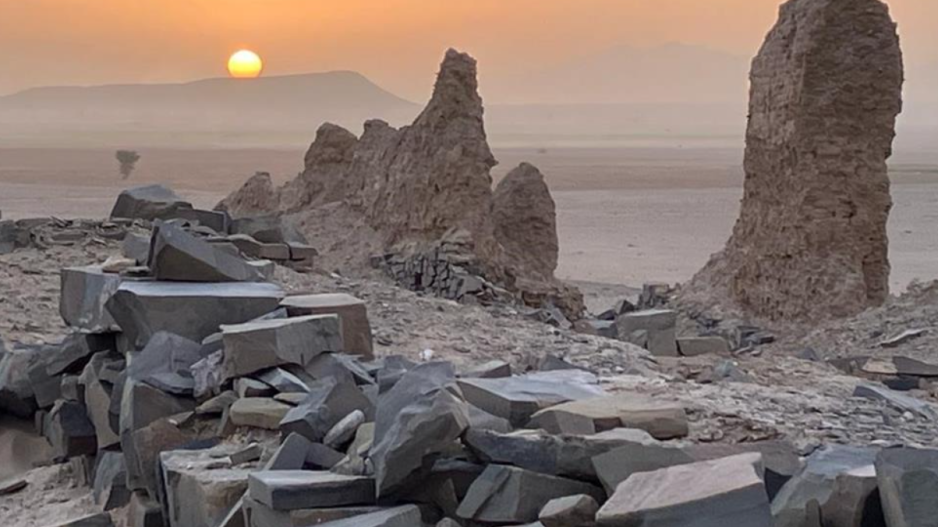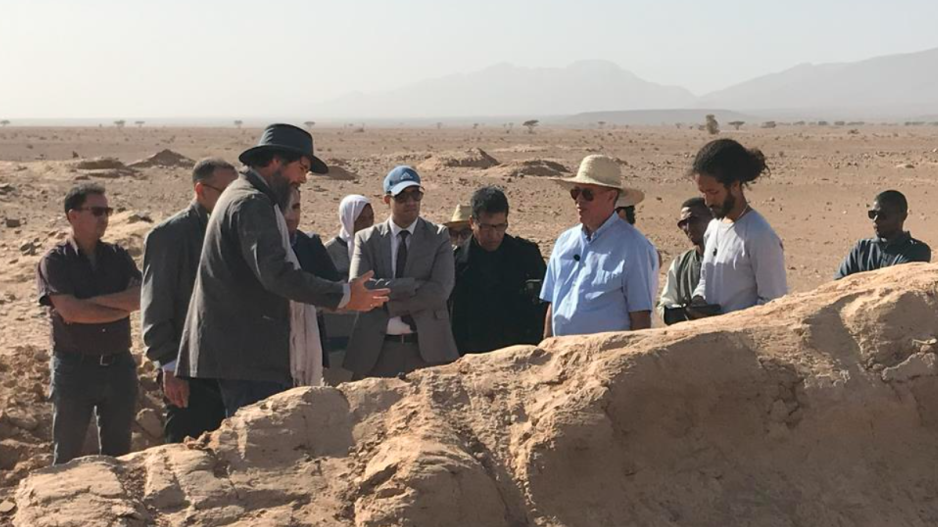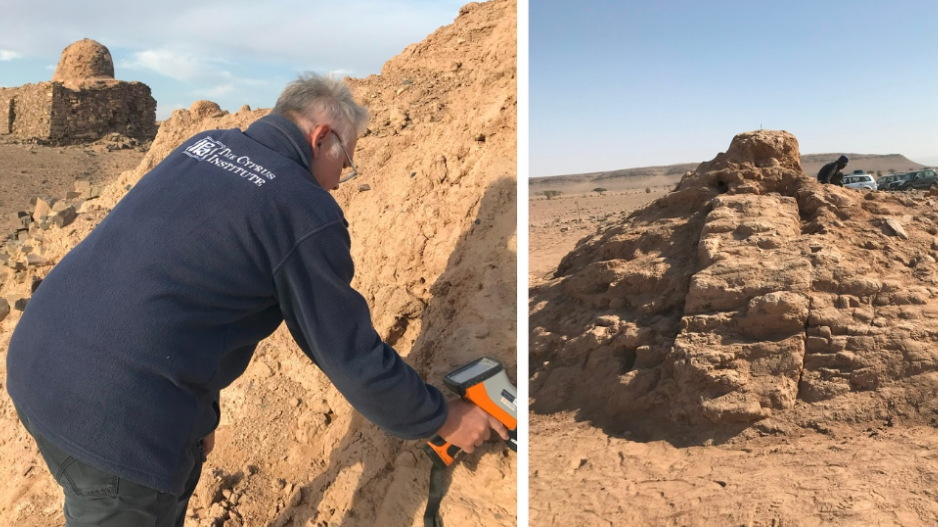Cyprus Institute's Research Sheds Light on the Secrets of Ancient Metallurgy
Until Now, There Was No Evidence of Brass Production in the Islamic or African World
Researchers from the Science and Technology in Archaeology and Culture Research Center (STARC) at the Cyprus Institute (CyI) are participating in a significant research program aimed at unraveling the secrets of silver, copper, and brass production technology in medieval Morocco.
The Institute's announcement states that the Moyenne Vallee du Draa research program focuses on studying the eponymous early medieval settlement and the gorges in Tamdult, which served as a trade network for gold and slave trade from Africa to the North, as well as a reference point for the trade of copper alloys and other commodities to the South.
Tamdult is also historically recognized as a site for silver exportation, significantly contributing to the mass production of 'dirham' coins in the ancient medieval economy, from Central Asia to Arabia, and from Northern Europe to sub-Saharan Africa.
The Cyprus Institute researchers, including Dr. Brunella Santarelli, Biyang Wang, Meghna Desai, and Professor Thilo Rehren, aim to 'decode' the ancient technology of silver production. This involves analyzing residues of mined ores, walls, and glass items using methods like optical microscopy and scanning electron microscopy with energy-dispersive X-ray spectroscopy. A non-invasive analysis method using a portable X-ray fluorescence (XRF) spectrometer is also applied in the Archaeological Laboratories of the Cyprus Institute.
During recent research in southern Morocco, unique elements were discovered that unfold the secrets of brass production - an alloy of copper and zinc widely known from medieval and early modern Europe, spread in the metallurgical heritage of Islam, and in the famous ancient bronzes of Benin, which have recently been repatriated to Nigeria.
Until now, there was no evidence of brass production in the Islamic or African world, so this discovery sheds new light on the history of global medieval metallurgical technology.

Particularly regarding Tamdult, findings also include silver production using 'cupellation' on the African continent, and the significant environmental impact of thousands of years of mining and metallurgy, the report states.
The Institute notes that some areas of the settlement and surrounding regions, exposed to very high lead concentrations due to medieval silver production, have become deserts, rendered barren with almost no vegetation.
"While initially this research program focused only on the study of medieval archaeology and the Sahara's trade network, it has now evolved into a unique study of great archaeological significance, highlighting the massive implications for public health and contemporary populations," it states.
It is added that future research will focus on 'decoding' the details of brass production in the early medieval period in Tamdult, comparing it with contemporary techniques in Carolingian Europe. Additionally, researchers will analyze lead isotopes to connect Tamdult's local production with the widely traded brass and silver, known from excavations and coin collections at other sites, setting Tamdult's broader economic framework on the right basis.
The research program is led by Dr. Youssef Bokbot of the National Institute of Archaeology and Cultural Sciences (INSAP) of the Moroccan Ministry of Culture, Dr. Sam Nixon from the Sainsbury Research Unit at the University of East Anglia, and Professor Thilo Rehren of CI.
The program is under the auspices of the A. G. Leventis Chair in Archaeological Sciences at the Cyprus Institute, in collaboration with the Moroccan Ministry of Culture and the University of East Anglia in the United Kingdom.







